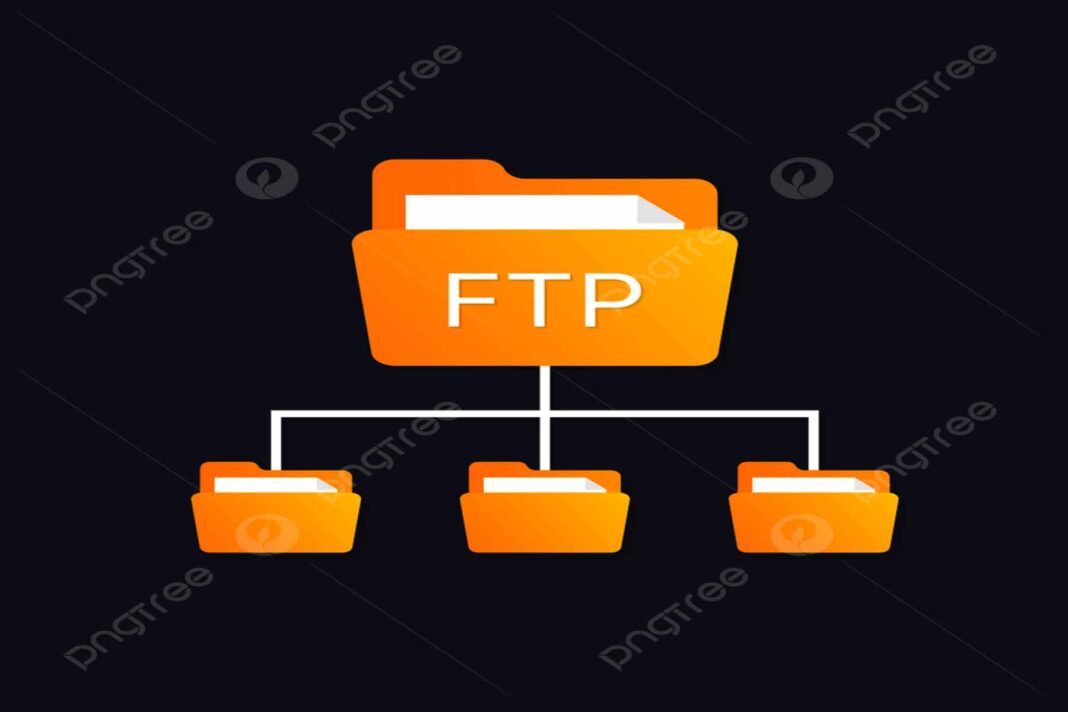FTP in 2002: Evolution and Use in File Transfers
In 2002, FTP (File Transfer Protocol) remained a fundamental protocol for transferring files over networks. Despite advancements in other file transfer technologies, FTP continued to play a crucial role in data exchange, offering simplicity, reliability, and widespread compatibility.
Standardization and Protocol Enhancements
FTP standards saw minimal changes in 2002, with the protocol largely conforming to RFC 959, which defined the basic FTP commands and behaviors. However, there were ongoing discussions and developments towards improving FTP security and performance.
FTP Client and Server Software
In 2002, FTP client and server software continued to evolve, providing users with reliable tools for file transfers. Popular FTP clients like FileZilla, CuteFTP, and WS_FTP offered intuitive interfaces and enhanced features for managing remote file transfers. FTP server software, such as vsftpd and ProFTPD, provided robust server-side solutions for hosting FTP services.
Security Considerations and Challenges
One of the primary challenges with FTP in 2002 was its lack of inherent security. FTP transmitted data, including usernames and passwords, in plaintext, making it susceptible to eavesdropping and unauthorized access. This prompted the exploration of secure FTP (SFTP) and FTP over SSL/TLS (FTPS) as alternative protocols for secure file transfers.
Role in Data Exchange and Automation
FTP continued to be widely used in 2002 for data exchange and automation workflows. Many businesses relied on FTP for transferring files between systems, updating websites, and synchronizing data between servers. FTP’s straightforward command-line interface and batch processing capabilities made it suitable for automated file transfers.
Conclusion
In 2002, FTP remained a prevalent and reliable protocol for file transfers despite its security limitations. The protocol’s simplicity, compatibility, and established client-server model ensured its continued use in various industries for data exchange and automation tasks.











